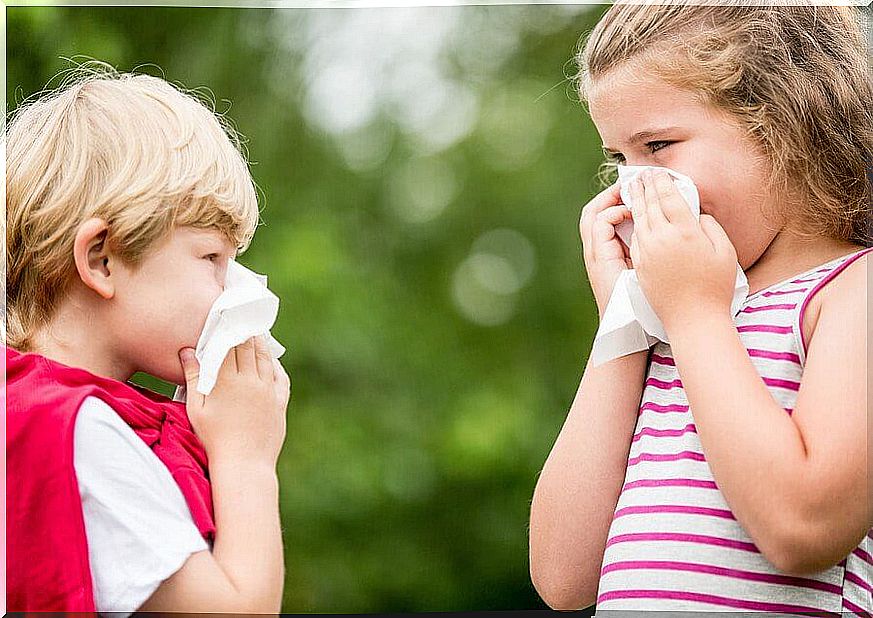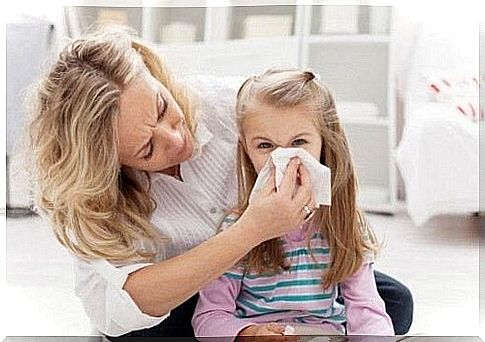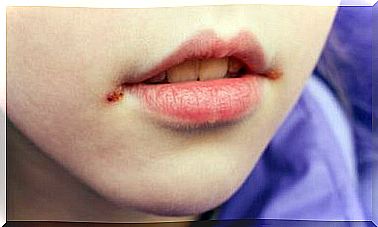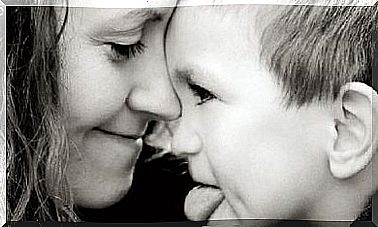My Child Is Allergic To Dust: What To Do? – Being Parents

If your child is allergic to dust , it is important to know that this is a reaction produced by dust mites. Indeed, the latter are present in our environment and play an important role in allergic diseases such as asthma, allergic rhinitis and possibly eczema.
Dust allergy is a sensitivity to substances found in the waste particles and body fragments of house dust mites.
Some signs and symptoms of dust mite allergy, such as nasal discharge or sneezing, are similar to those of the common cold. This is why it is sometimes difficult to know if it is a cold or an allergy. If the symptoms persist for more than a week, it is possible that it is a dust allergy.
Remember that dust mites avoid light and need at least 50% relative humidity to survive. Therefore, they are abundant in soft materials, such as pillows, mattresses, and quilts, where they can hide in the fabric to keep out of the light.
“Dust mites are present in our environment and play an important role in allergic diseases such as asthma, allergic rhinitis and possibly eczema”
What if my child is allergic to dust?
If your child has a dust allergy, you need to make sure that you reduce the presence of dust mites in the house. Keep in mind that homes in dry climates tend to have more dust than those in colder climates.
In particular, efforts should be concentrated in the bedroom, where the number of mites is highest. And, where most kids spend a third of their day.

Likewise, actions should be prioritized, taking actions that are relatively easy first. But which lead to a sharp decrease in exposure. We advise you to follow the following tips:
- Steam clean or remove all carpets. In case you wash the carpets with soap, the residual moisture can increase the development of dust mites.
- Clean the house when the child is away.
- Regularly wash plush toys and put them in the freezer overnight, once a week to kill dust mites.
- Wash and dry clothes regularly, in addition to keeping them in a cupboard with the door closed.
- Remove plush toys, cushions, pennants, upholstery, and other items that cannot be washed.
- Cover mattresses and pillows with a protective microfiber cover.
- Avoid large temperature variations in all rooms. Indeed, this can cause condensation and promote the development of dust mites.
- If you have bunk beds, you should prevent the child from sleeping downstairs, as he will suffer from mites rain coming from the upper bed.
- Use a good quality vacuum cleaner that traps the allergen and prevents it from escaping.
What are the symptoms of dust allergy?
A dust allergy is often confused with a cold or the flu. For this reason, we offer you some tips to help you determine if your child is allergic. Here are the main symptoms:
- Sneezing.
- Stuffy nose .
- Nasal congestion .
- Burning and itching in the eyes.
- Itchy nose, mouth and throat.
- Cough.
How to protect the child’s room if he is allergic to dust?
Although dust mites live in almost all fabrics, it is well known that they thrive more in bedding and pillows. It is therefore vital to protect the child’s room.
The most effective way to protect the bedroom is to use plastic covers on mattresses and pillows. This will help reduce the accumulation of dust mites in the mattress or in the cushion.

Also, be sure to use blankets instead of heavy duvets. In fact, in the blankets, mites are generally less present.
Another tip to follow is to wash the sheets in hot water at least once a week. Also, if the child has stuffed toys, it is best to take them out and wash them along with the rest of the clothes.
Ultimately, these tips are best followed if your child is allergic to dust. Because they will help you reduce the risk of your child suffering from an allergic reaction. If symptoms persist, your best bet is to see a doctor.









